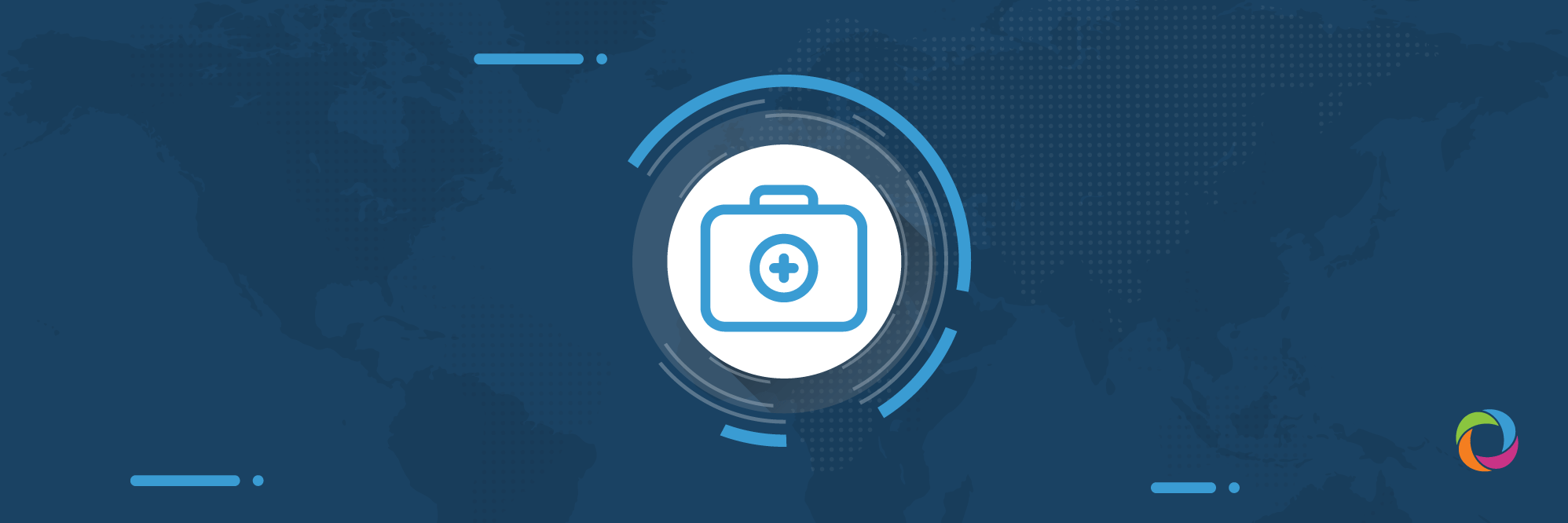By Jurie Hendrik Human
In 2019, the official development assistance (ODA) from the 30 members of the Organization for Economic Cooperation and Development (OECD) totaled US$152.8 billion, an increase of 1.4% in real terms compared to 2018.
Here are the top 10 aid donor countries in 2019 in terms of ODA:
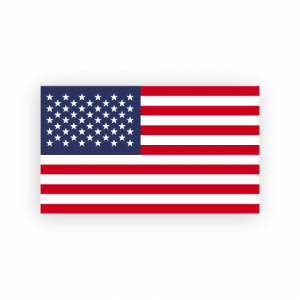 USA – US$34.6 billion
USA – US$34.6 billion
The USA retained its position as the top Development Assistance Committee (DAC) member in terms of the volume of development aid provided in 2019. A reduction of 0.4% in real terms was mostly due to a fall in core contributions from multilateral sources. The total ODA from the USA still comprised a relatively low 0.16% of its gross national income (GNI), ranking it 23rd among DAC countries. Bilateral aid constituted a fairly high 89% of the USA’s total ODA which is mainly managed by the United States Agency for International Development, the US Department of State, and the Millennium Challenge Corporation.
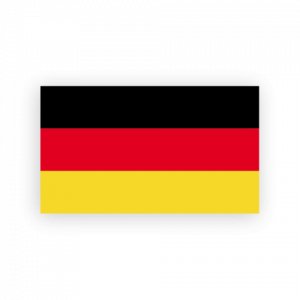 Germany – US$23.8 billion
Germany – US$23.8 billion
Germany also retains its spot as the number two donor of development aid despite a 1.4% drop in real terms from 2018. The country is the 6th highest ODA donor in terms of its GNI with aid comprising 0.6% of its national income. The bulk of Germany’s aid is provided bilaterally which is chiefly managed via the GIZ and KfW agencies. 86.7% of aid was provided in the form of grants from within Germany’s gross ODA portfolio.
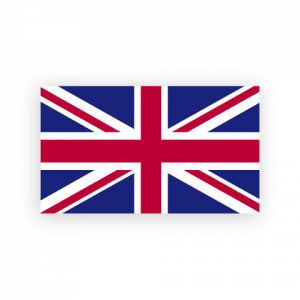 United Kingdom – US$19.4 billion
United Kingdom – US$19.4 billion
The UK’s ODA contribution saw a slight increase in 2019 from 2018. The 2.2% rise in real terms was mostly due to increased bilateral efforts to offset the reduction in multilateral spending. In terms of its GNI, the UK is a high-performing donor with 0.7% of its GNI going to aid, which places it in 5th position in the world if classified by this indicator. A relatively large sum of US$852 million was mobilized from the private sector. The UK strongly favors grants with 99.6% of aid disbursed in this manner. The UK’s Department for International Development, the entity responsible for administering overseas aid, indicates that at least 50% of its budget is spent in fragile contexts thanks to the official Aid Strategy.
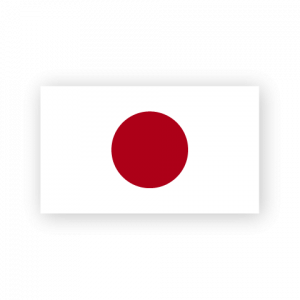 Japan – US$15.5 billion
Japan – US$15.5 billion
Japan also maintained its spot as the fourth largest ODA donor by volume with a 7.5% increase in real terms from 2018. This significant increase was mainly due to an increase in lending to developing countries. With ODA representing 0.29% of Japan’s GNI, the country is placed 13th among the biggest donors in 2019. Japan’s gross ODA portfolio of US$18.8 billion was distributed relatively evenly between grants (44.2%) and non-grants (55.8%). Japan has continued to favor lower-middle-income countries in Asia with bilateral aid via the public sector. The Japan International Cooperation Agency (JICA) coordinates most of the government’s aid spending.
 France – US$12.2 billion
France – US$12.2 billion
France was again the fifth top ODA donor in 2019. Its US$12.2 billion aid bill saw an increase of 4.2% from the previous year in real terms, mostly due to increased bilateral governmental spending thanks to budget support as well as increased in-donor refugee costs. Representing 0.44% of France’s GNI, its ODA/GNI ratio is ranked 9th among its contemporaries in the DAC. France has committed to achieving 0.55% of GNI in ODA donations by 2022. The French Development Agency (AFD) is the main driver of bilateral aid from within France.
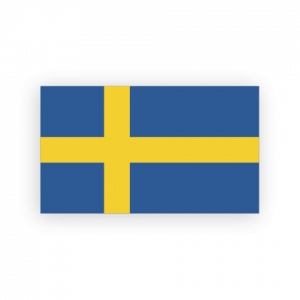 Sweden – US$5.4 billion
Sweden – US$5.4 billion
Despite spending less on aid in 2019 compared to 2018, Sweden retained its position as the 6th largest donor by volume. The fall of 4.8% in real terms did see it lose its 1st place ranking in terms of country effort and it is now the third-ranked country behind Luxembourg and Norway with Sweden’s ODA comprising 0.99% of its GNI. This was largely due to a drop in in-donor refugee cost from 2018 to 2019. Sweden was the first country to exceed the UN’s 0.7% ODA/GNI goal and consistently over-performs in this regard. 98.2% of its ODA was delivered in grants.
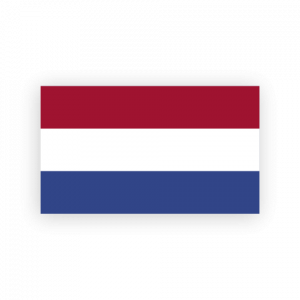 Netherlands – US$5.3 billion
Netherlands – US$5.3 billion
The Netherlands’ ODA contribution shrunk by 4.1% in real terms compared to 2018. As with many EU countries, this move was largely due to a fall in in-donor refugee spending. The Netherlands is ranked 7th among DAC countries for its ODA/GNI spending with aid comprising 0.59% of its GNI. The current government has committed an extra U$3.4 billion ODA from 2019 to 2022 to offset aid cuts by its predecessors. A large proportion of the Netherlands’ ODA is dedicated to governance and civil society in fragile contexts, especially concerning gender equality and women’s rights.
 Italy – US$4.9 billion
Italy – US$4.9 billion
Italy provided 1% less ODA in real terms in 2019 compared to 2018. Its total aid portfolio amounted to US$4.9 billion which makes up 0.24% of the country’s GNI, ranking it 18th among DAC members in terms of effort. Italy is one of the rare countries where more than half of its ODA was allocated to multilateral efforts. The vast majority, 97.6%, of its ODA portfolio was provided in grants vs. 2.4% as non-grants. A large share of bilateral ODA was made available to least developed countries and fragile contexts.
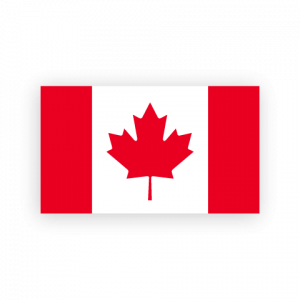 Canada – US$4.7 billion
Canada – US$4.7 billion
Canada’s ODA contribution rose 0.5% in real terms from 2018. The increase was mainly due to an extraordinary contribution to the International Bank for Reconstruction and Development as well as budget increases to the international assistance envelope. Canada’s US$4.7 billion ODA profile constituted 0.27% of its GNI, placing it 16th among DAC countries according to its ODA/GNI ratio. 96.4% was offered in grants with an emphasis on gender equality and women’s rights.
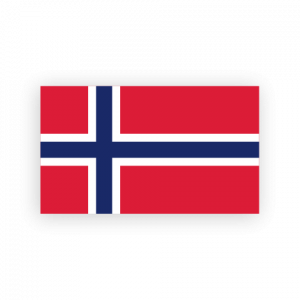 Norway – US$4.3 billion
Norway – US$4.3 billion
Norway raised its ODA in 2019 by 9.7% in real terms from 2018 with a total contribution of US$4.3 billion. This amount represents 1.02% of Norway’s GNI, ranking them 2nd among DAC member countries for ODA/GNI ratio, overtaking Sweden which was the top-ranked country in 2018. This was mostly due to an increase in its bilateral aid programs. Norway commits 0.27% of its ODA to GNI ratio to least developed countries, surpassing the 0.2% UN target.
